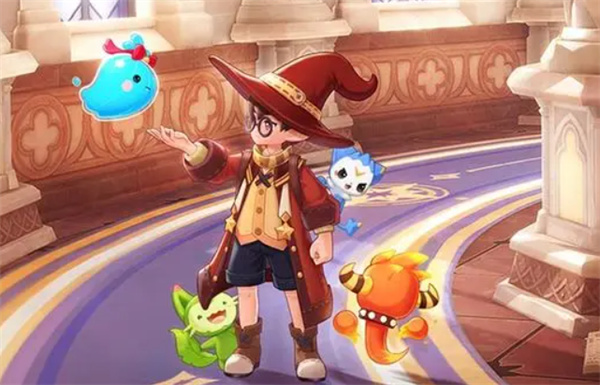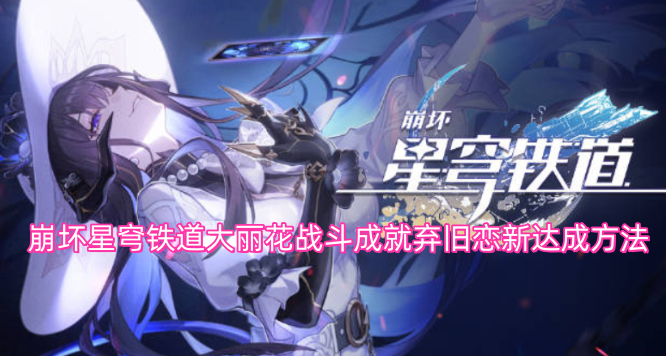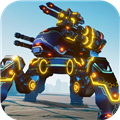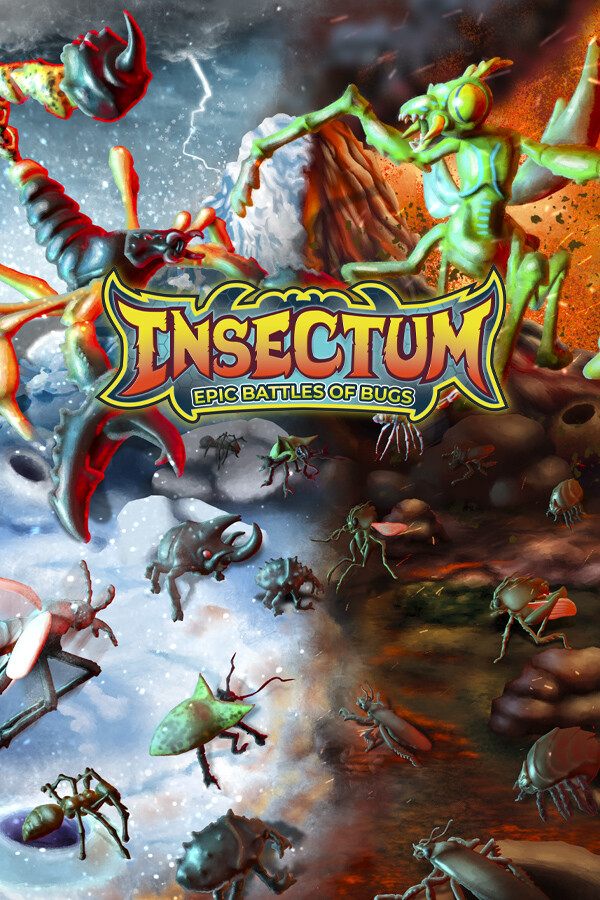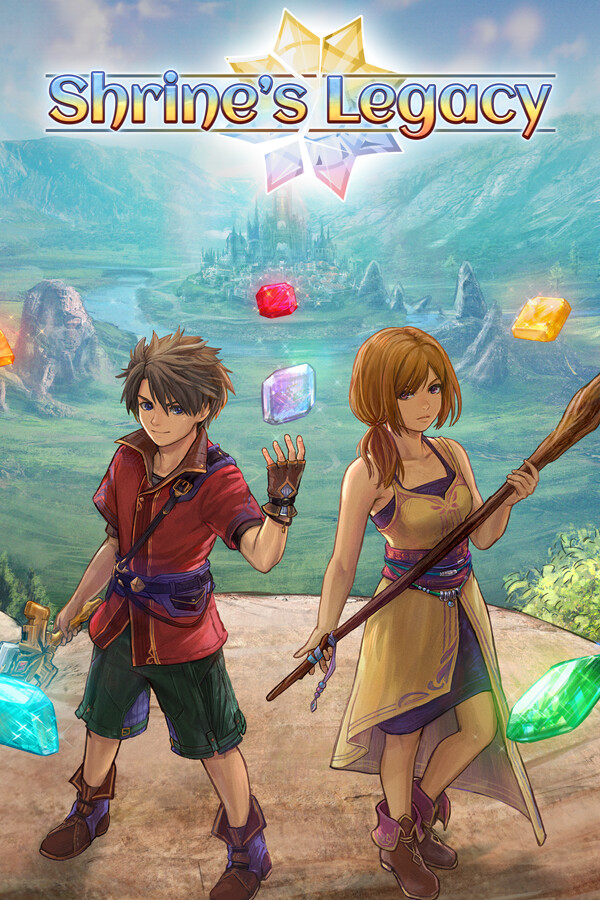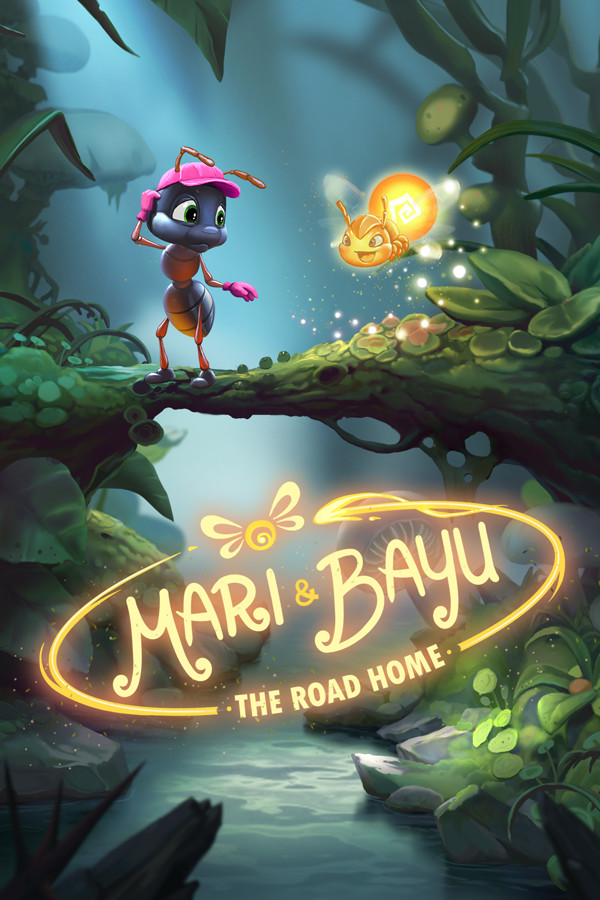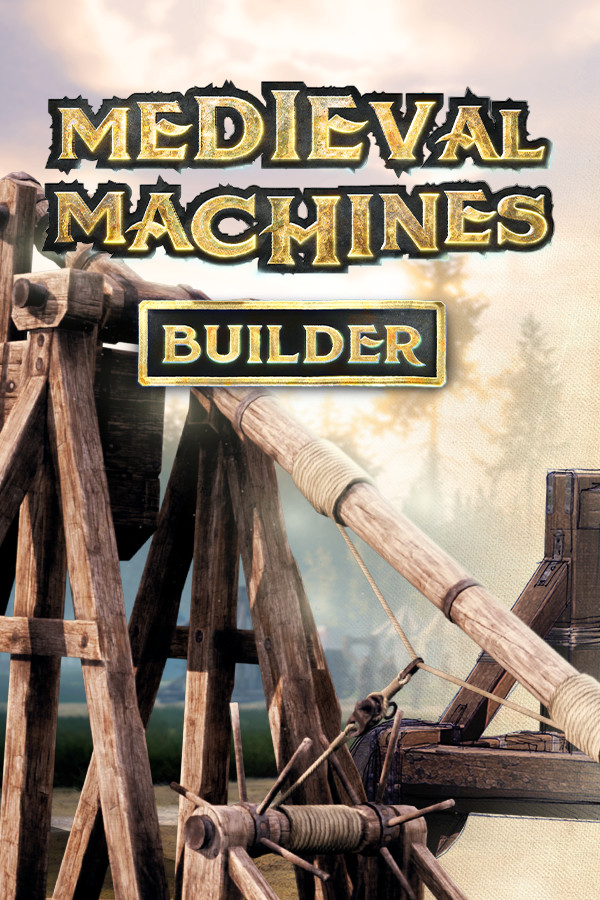Qt学习之路(31): 一个简易画板的实现(QWidget)
时间:2010-12-02 来源:siriurs28
 或许很简单,但是至少我们能够把前面所说的各种知识串连起来,这也就达到目的了。
现在先来看看MainWindow的代码:
mainwindow.h
或许很简单,但是至少我们能够把前面所说的各种知识串连起来,这也就达到目的了。
现在先来看看MainWindow的代码:
mainwindow.h
|
#ifndef MAINWINDOW_H |
mainwindow.cpp
|
#include "mainwindow.h" |
应该说,从以往的学习中可以看出,这里的代码没有什么奇怪的了。我们在MainWindow类里面声明了一个信号,changeCurrentShape(Shape::Code),用于按钮按下后通知画图板。注意,QActio的triggered()信号是没有参数的,因此,我们需要在QAction的槽函数中重新emit我们自己定义的信号。构造函数里面创建了两个QAction,一个是drawLineAction,一个是drawRectAction,分别用于绘制直线和矩形。MainWindow的中心组件是PainWidget,也就是我们的画图板。下面来看看PaintWidget类: paintwidget.h
|
#ifndef PAINTWIDGET_H |
paintwidget.cpp
|
#include "paintwidget.h" |
PaintWidget类定义了一个slot,用于接收改变后的新的ShapeCode。最主要的是,PaintWidget重定义了三个关于鼠标的事件:mousePressEvent,mouseMoveEvent和mouseReleaseEvent。 我们来想象一下如何绘制一个图形:图形的绘制与鼠标操作息息相关。以画直线为例,首先我们需要按下鼠标,确定直线的第一个点,所以在mousePressEvent里面,我们让shape保存下start点。然后在鼠标按下的状态下移动鼠标,此时,直线就会发生变化,实际上是直线的终止点在随着鼠标移动,所以在mouseMoveEvent中我们让shape保存下end点,然后调用update()函数,这个函数会自动调用paintEvent()函数,显示出我们绘制的内容。最后,当鼠标松开时,图形绘制完毕,我们将一个标志位置为true,此时说明这个图形绘制完毕。 为了保存我们曾经画下的图形,我们使用了一个List。每次按下鼠标时,都会把图形存入这个List。可以看到,我们在paintEvent()函数中使用了foreach遍历了这个List,绘制出历史图形。foreach是Qt提供的一个宏,用于遍历集合中的元素。 最后我们来看看Shape类。 shape.h
|
#ifndef SHAPE_H |
shape.cpp
|
#include "shape.h" |
line.h
|
#ifndef LINE_H |
line.cpp
|
#include "line.h" |
rect.h
|
#ifndef RECT_H |
rect.cpp
|
#include "rect.h" |
使用paint()函数,根据两个点的数据,Line和Rect都可以绘制出它们自身来。此时就可以看出,我们之所以要建立一个Shape作为父类,因为这两个类有几乎完全相似的数据对象,并且从语义上来说,Line、Rect与Shape也完全是一个is-a的关系。如果你想要添加颜色等的信息,完全可以在Shape类进行记录。这也就是类层次结构的好处。 代码很多也会比较乱,附件里面是整个工程的文件,有兴趣的朋友不妨看看哦!

